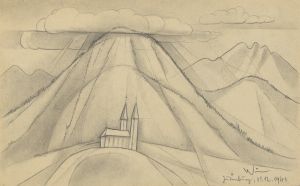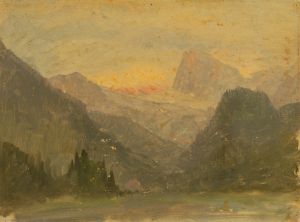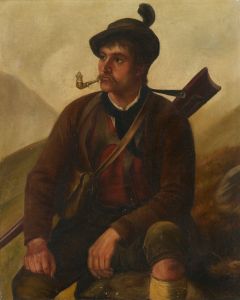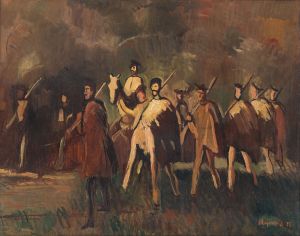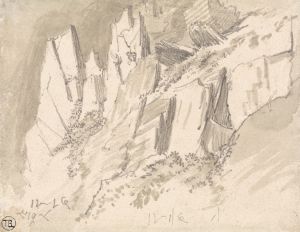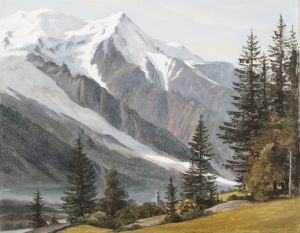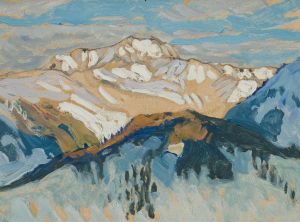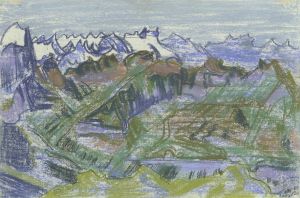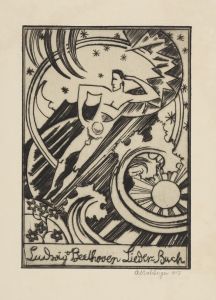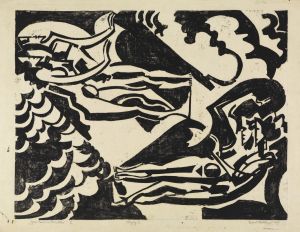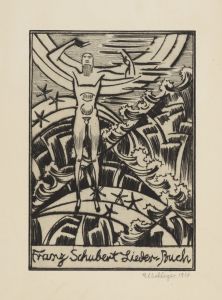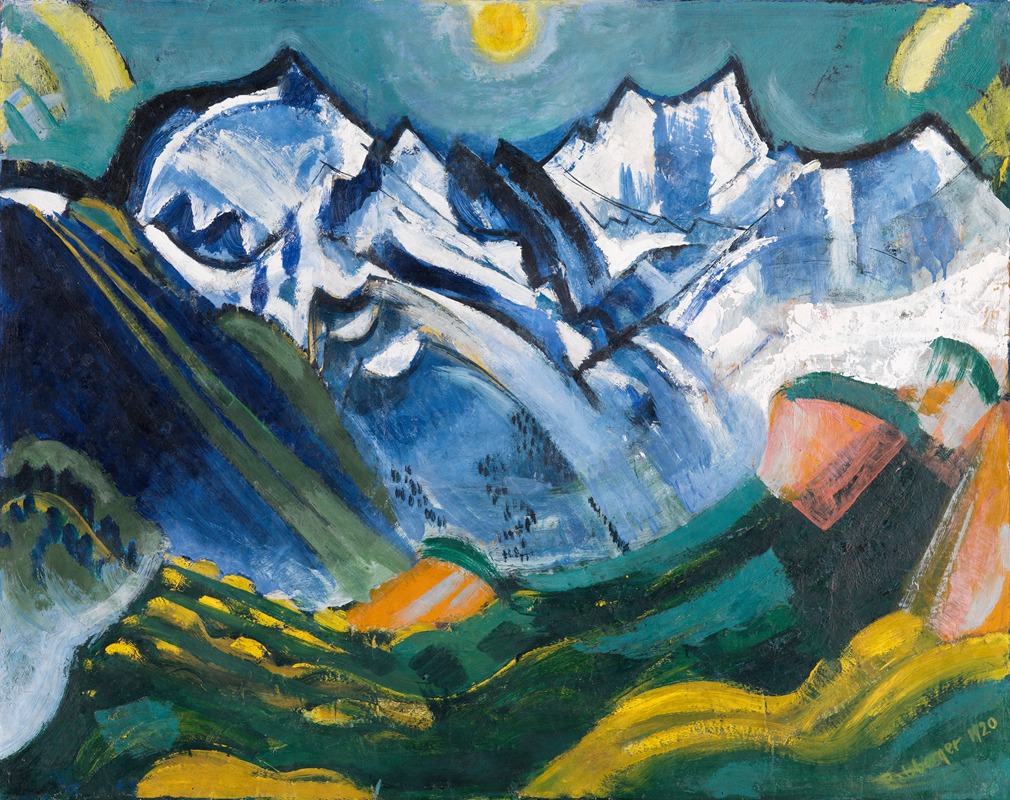
Hochgebirgslandschaft mit Scheerhorn
A hand-painted replica of August Babberger’s masterpiece Hochgebirgslandschaft mit Scheerhorn, meticulously crafted by professional artists to capture the true essence of the original. Each piece is created with museum-quality canvas and rare mineral pigments, carefully painted by experienced artists with delicate brushstrokes and rich, layered colors to perfectly recreate the texture of the original artwork. Unlike machine-printed reproductions, this hand-painted version brings the painting to life, infused with the artist’s emotions and skill in every stroke. Whether for personal collection or home decoration, it instantly elevates the artistic atmosphere of any space.
August Babberger was a German painter known for his expressive landscapes and religious-themed works. One of his notable paintings is "Hochgebirgslandschaft mit Scheerhorn," which translates to "High Mountain Landscape with Scheerhorn." This painting captures the dramatic and rugged beauty of the Scheerhorn, a mountain located in the Swiss Alps.
Babberger was born on December 8, 1885, in Hausen im Wiesental, Germany. He studied at the Academy of Fine Arts in Karlsruhe and later at the Academy of Fine Arts in Munich. His early work was influenced by the Jugendstil movement, but he eventually developed a style characterized by bold colors and dynamic compositions, often reflecting the emotional intensity of the landscapes he depicted.
"Hochgebirgslandschaft mit Scheerhorn" exemplifies Babberger's fascination with the natural world and his ability to convey its grandeur and power. The painting likely dates from the period when Babberger was living in Switzerland, where he moved in 1921. During his time in Switzerland, Babberger was deeply inspired by the Alpine scenery, which became a recurring theme in his work.
The Scheerhorn itself is part of the Glarus Alps, a mountain range in eastern Switzerland. It is known for its striking peaks and dramatic vistas, making it a compelling subject for landscape artists. Babberger's depiction of the Scheerhorn captures the essence of the high mountain environment, with its sharp ridges, snow-covered slopes, and the play of light and shadow across the terrain.
Babberger's technique in this painting reflects his background in both the German and Swiss art traditions. He employed a vivid color palette and expressive brushwork to create a sense of movement and vitality. The painting's composition draws the viewer's eye into the scene, inviting them to experience the awe-inspiring beauty of the mountains.
Throughout his career, Babberger was associated with the New Objectivity movement, which emerged in Germany in the 1920s as a reaction against the emotional excesses of Expressionism. However, his work retained a strong emotional component, particularly in his landscapes, which often conveyed a sense of spiritual reverence for nature.
In addition to his landscape paintings, Babberger was also known for his religious art, including altarpieces and murals. He was a professor at the State Academy of Fine Arts in Karlsruhe and later at the Kunstgewerbeschule in Basel, where he influenced a generation of young artists.
August Babberger passed away on September 3, 1936, in Lugano, Switzerland. His legacy as an artist is marked by his ability to capture the majesty of the natural world and his contributions to the development of modern landscape painting. "Hochgebirgslandschaft mit Scheerhorn" remains a testament to his skill and vision, reflecting both his technical prowess and his deep appreciation for the beauty of the Alpine landscape.





